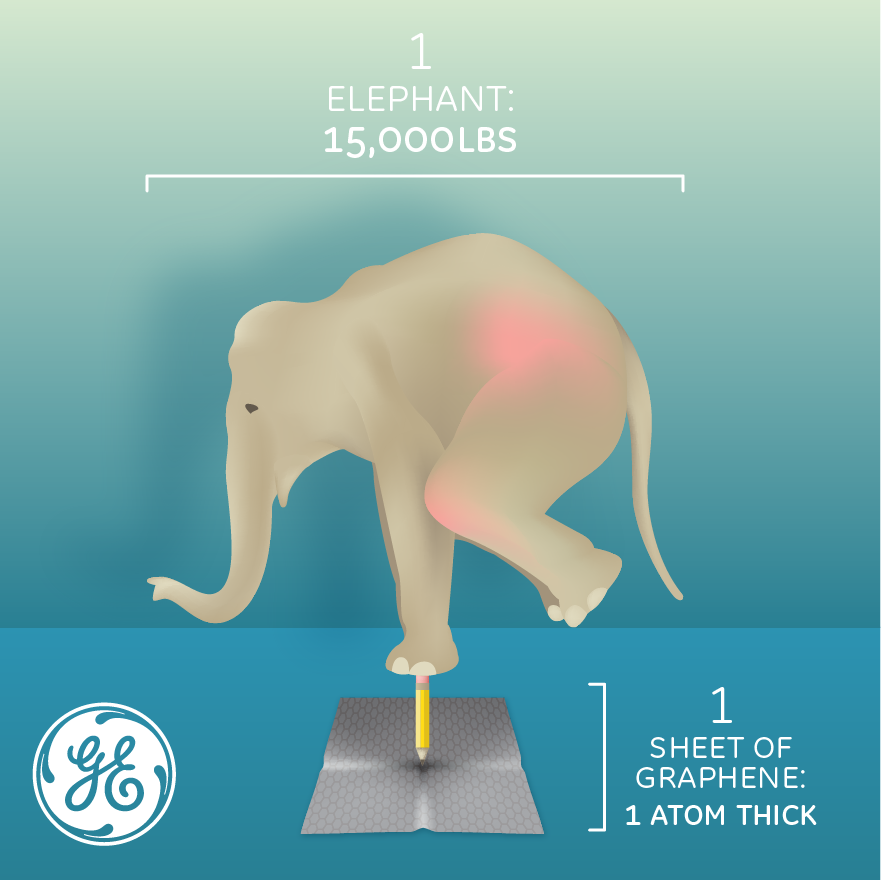Yes, it did for Andre Gelm and Konstantin Novoselev in 2004. We know pencil contains graphite lead -a form of carbon. They took a pencil and draw a line on a cello tape. The line is made up of layers and layers of bonded carbon atoms. They took another tape; put it on the drawn line; then peeled it off. Now, the half of carbon-layers stick to the second tape and came off with it. They took yet another piece of tape and repeated the process. The number of layers in the very first tape reduced further. They repeated the procedure again and again. Finally, they are left with just one single layer of carbon-atoms. It is just one atom thick. The atoms are arranged in a hexagonal lattice as shown in the figure. It is graphone which has the potential to become wonder material of the future.
Graphene is stronger than steel. It is the thinnest material known to man. It is an excellent conductor of heat and electricity.
We will see some applications of graphene.
When we filter sea-water through graphene, we instantly get drinkable salt-less water.
A battery stores a lot of energy but takes a long time for charging. A capacitor charges quickly but stores only less electrical energy. The graphene-based super-capacitor solves this problem. Tomorrow we may be able to charge our smartphones and laptops in minutes.
When graphene is used in smartphone screen, the price will further fall down.
Solar cells made using graphene will also be cheaper.
Graphene seems to cure many technical ills we face today. But commercial mass production of graphene is not still successful. We hope that we will be blessed with more graphene in the future.
----------------------------------------------------------------------------------
.jpg)

